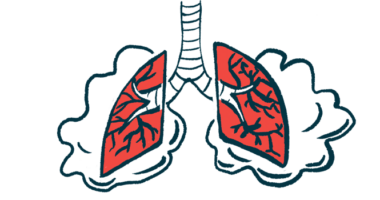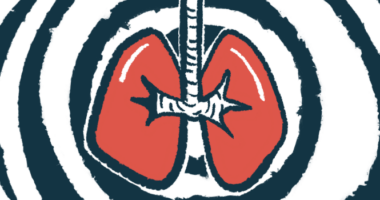More vigorous exercise boosts life quality, lung health with CF
Study supports active lifestyle 'regardless of age and disease severity'

Staying physically active, especially engaging in more vigorous exercise regularly, is important for lung health and life quality in adolescents and adults with cystic fibrosis (CF), a study reports.
Better lung function and exercise capacity were key factors in a patient’s overall quality of life, the researchers found, adding to accumulating evidence that regular exercise can help people with CF live healthier lives.
The study, “Impact of habitual physical activity and exercise capacity on quality of life in adolescents and adults with cystic fibrosis,” was published in Pediatric Pulmonology by a team of researchers in Germany.
Majority of study patients were active, taking 7,500 or more steps daily
For people with CF — a disease that causes thick mucus to build in multiple organs — staying physically active can be challenging. But exercise with CF also provides diverse benefits, from better lung function and clearer airways to stronger bones and a greater sense of well-being.
“Physical activity, including exercise, sport, and recreational activities, is widely accepted to have physical and psychosocial benefits … and is recommended for CF care, regardless of age and disease severity,” the scientists wrote.
But studies of exercise duration and intensity often rely on patient reports, “subjective reporting [that] both overestimates and underestimates physical activity and sedentary time,” they added.
Between 2016 and 2019, the researchers asked 65 people with CF (mostly male, 60%) to wear an accelerometer — a device that tracks body movement — for about one month to measure their daily steps and determine the time spent in activities at different intensities.
These adolescents and adults, ages 14 to 50 (mean age, 24.3), wore the accelerometer for a mean of 25 days. On average, they walked 8,691 steps each day; 40 patients (62%) had what the study defined as an active lifestyle, taking 7,500 steps or more daily.
However, “most time [about 20 hours] was spent in sedentary to light activity,” the researchers wrote. On average, people with CF spent 96 minutes (about 1.5 hours) each day in moderate to vigorous activity, and only 15 minutes in vigorous activity.
Physically active people had significantly higher percent forced expiratory volume (ppFEV1), a measure of lung function, compared to sedentary or less active patients (67.3% vs. 43.3%). They also spent more time each day engaged in moderate to vigorous activity than did those who were sedentary or less active (125 vs. 51 minutes).
To determine exercise capacity — the maximum amount of physical exertion that can be sustained — patients were tested on a cycle ergometer, a stationary bike that measures the amount of work done by pedaling. Peak exercise capacity was higher in physically active than less active people (147.6 vs. 105.3 watts).
More intense exercise particularly aided perceived life quality
Those with regular physical activity also scored significantly higher on the CF Questionnaire-Revised (CFQ-R), a measure of health-related quality of life in which higher scores indicate a better life quality.
Better lung function was linked to higher CFQ-R scores in questionnaire domains for vitality, health perception, CF respiratory symptoms, and weight. A better exercise capacity also emerged as a significant factor influencing patients’ health-related quality of life, although to a lesser extent.
Time spent in moderate to vigorous physical activity did not influence any of the CFQ-R domains, but time spent in more intense exercise influenced CFQ-R scores for role limitations, body image, health perception, and weight domains.
“Avoiding sedentary behavior and spending time in vigorous-intensity levels positively influenced [health-related quality of life],” the scientists wrote. However, “the most important factor influencing scores on the different domains of the CFQ-R was ppFEV1 and, to a lesser extent, maximal exercise capacity.”
Further “studies are required to determine the impact of improved health status due to the implementation of highly effective CFTR modulator therapies on physical activity and [health-related quality of life],” they concluded.








